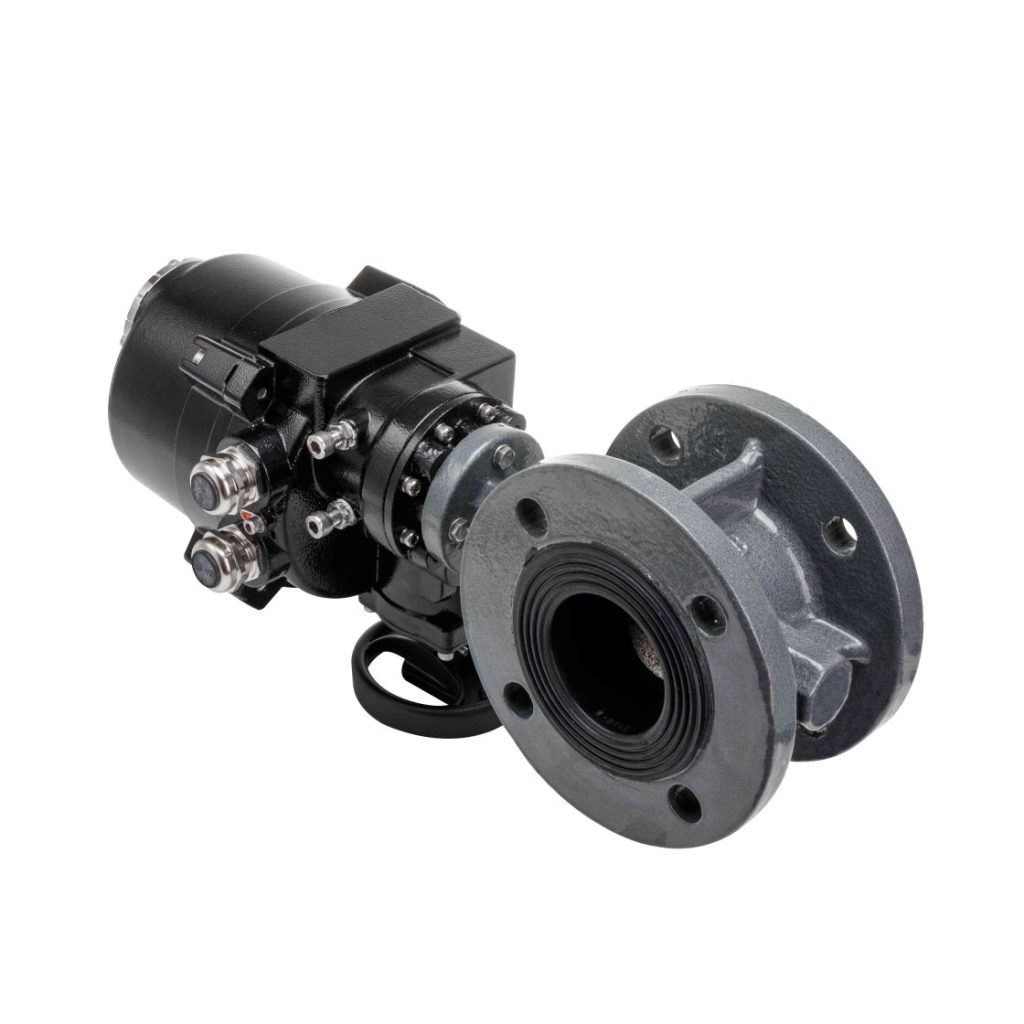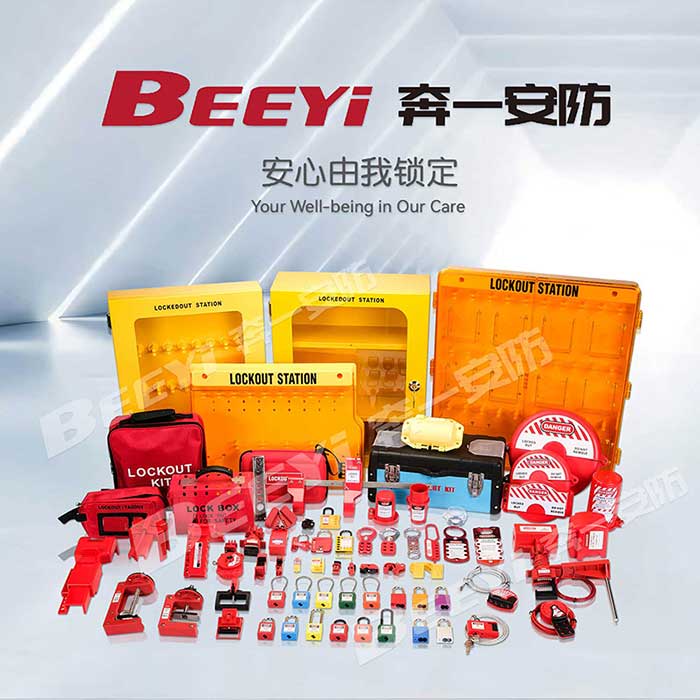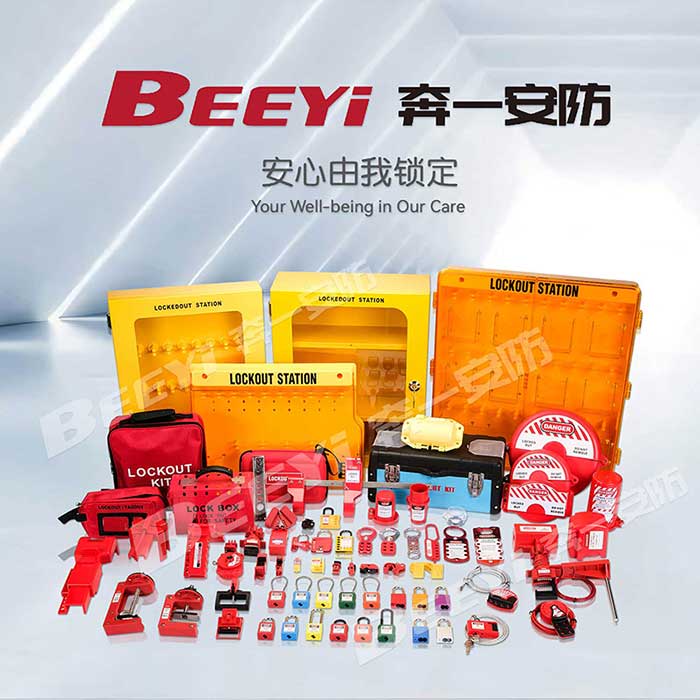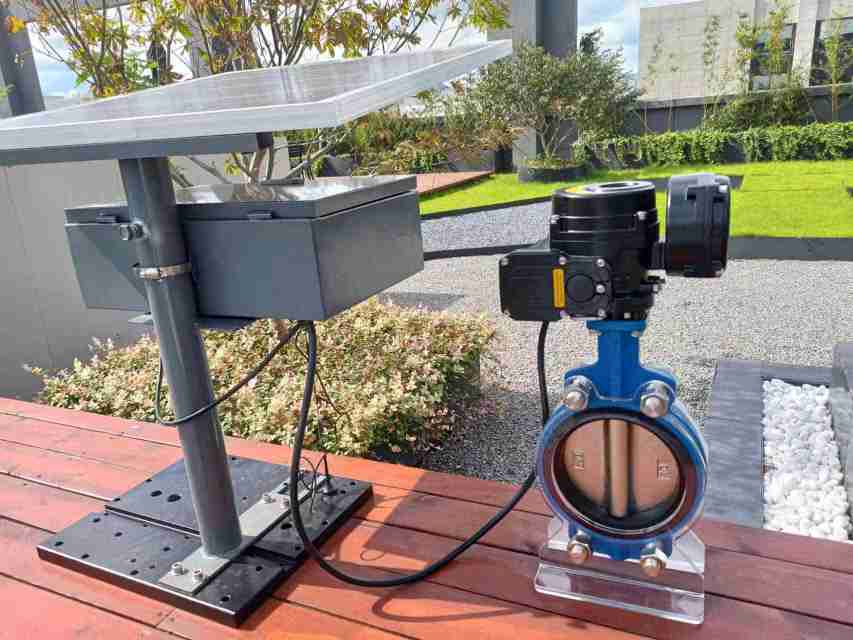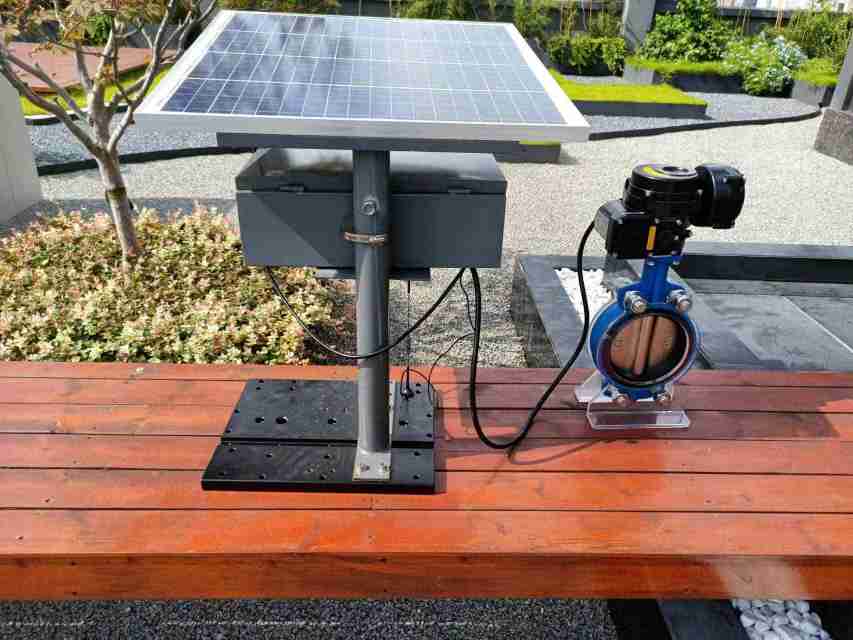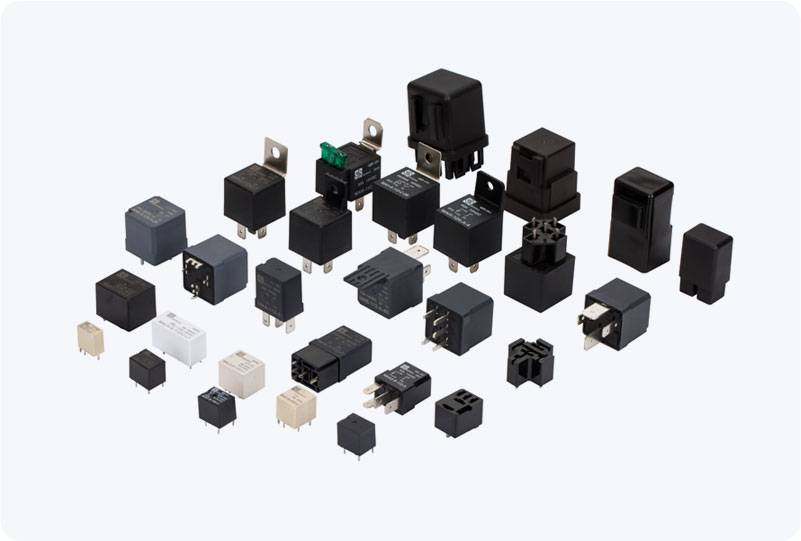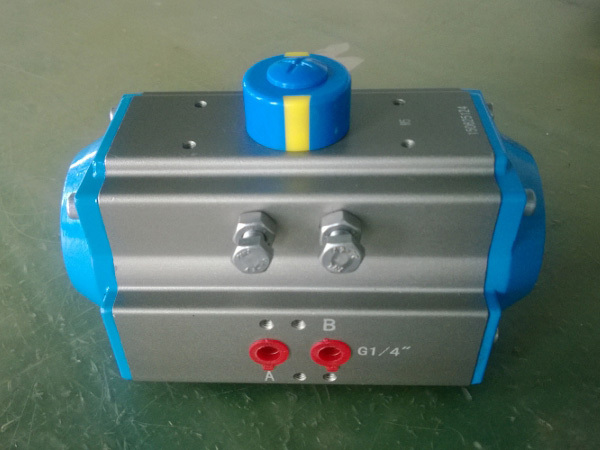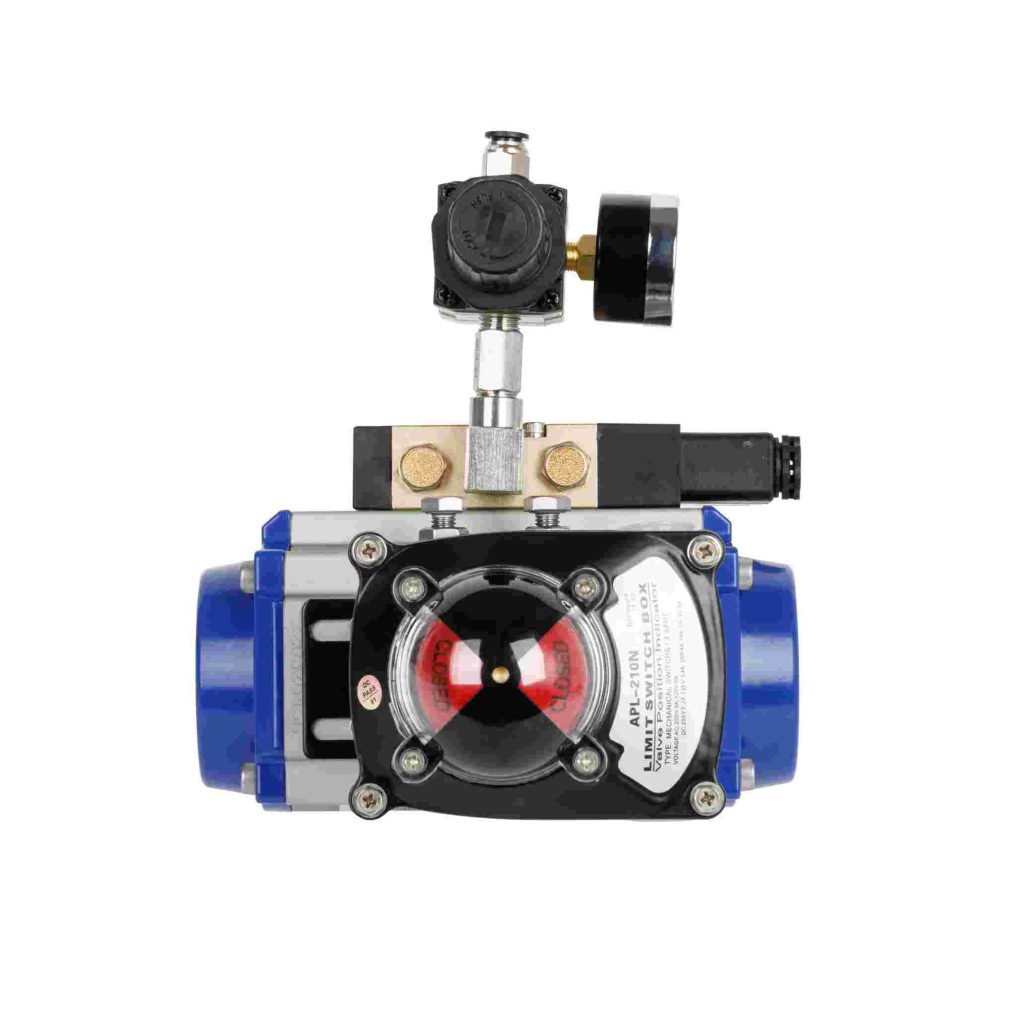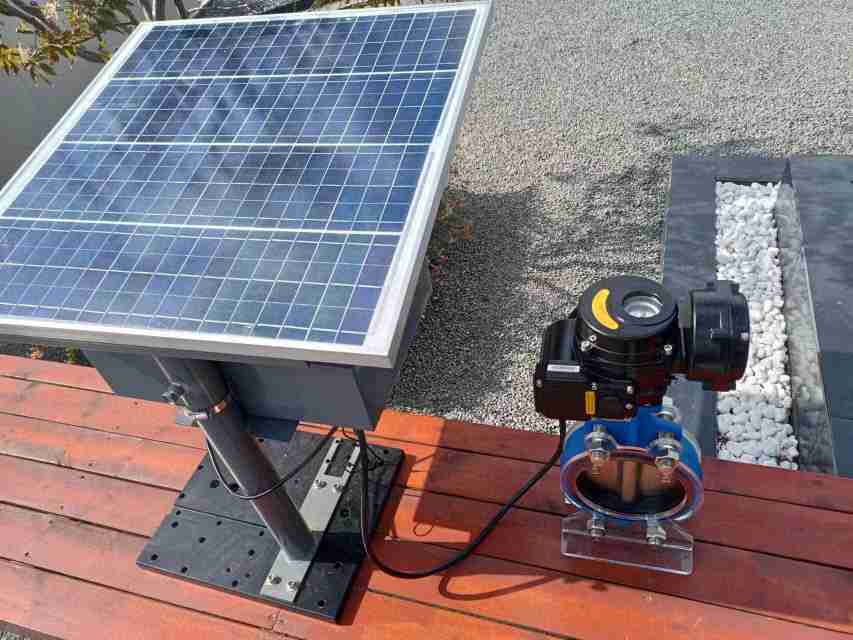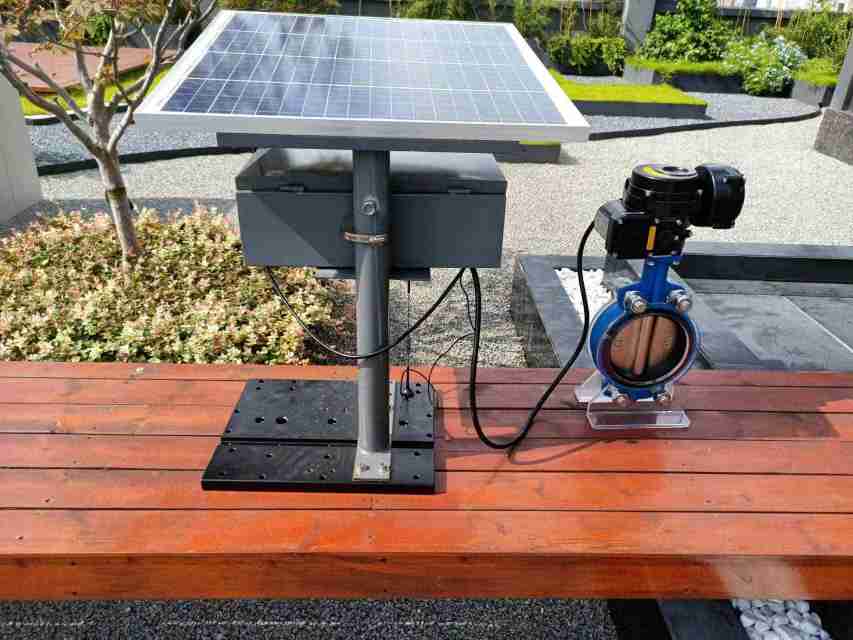In the ever-evolving maritime industry, the demand for high-performance, durable, and efficient valve systems has grown exponentially. One critical component that has seen significant advancements is the marine electric ball valve. These valves, powered by electric actuators, provide an automated solution for regulating the flow of fluids and gases in ship systems and offshore platforms. Marine electric ball valve manufacturers are at the forefront of developing these innovative solutions, which are designed to meet the rigorous standards of the maritime sector.
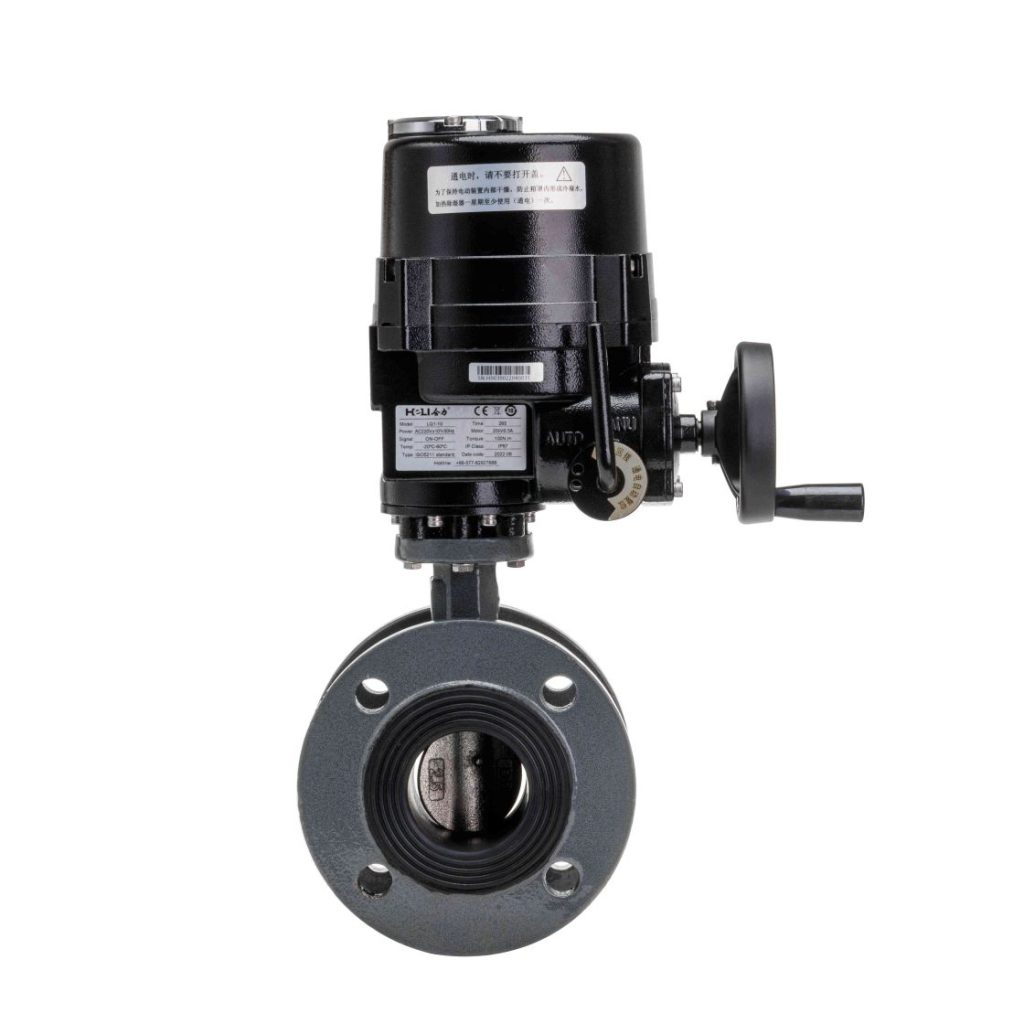
The Importance of Marine Electric Ball Valves

Marine environments are known for their harsh conditions, including high humidity, saltwater exposure, and extreme temperatures. In such settings, equipment like valves must not only be reliable but also capable of withstanding corrosion, wear, and tear. The role of valves in maritime applications is indispensable. They control the flow of essential fluids and gases, such as fuel, ballast water, cooling water, and hydraulic fluids, ensuring the safe and efficient operation of ship systems. Electric ball valves have emerged as an ideal solution for these applications due to their ability to automate flow control processes, ensuring precise regulation and remote operability. Unlike manual or pneumatic valves, electric ball valves can be integrated into sophisticated control systems, enabling operators to monitor and adjust valve positions remotely. This capability is crucial for maintaining safety standards and operational efficiency, especially in areas that are difficult to access or hazardous to operate manually.
